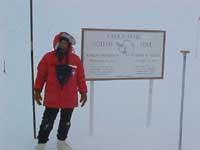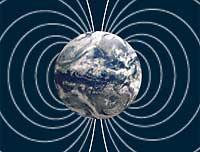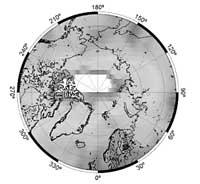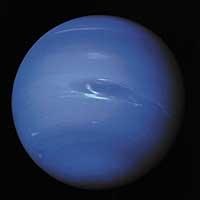Poles dancing
2002/04/12 Carton Virto, Eider - Elhuyar Zientzia

Currently, the magnetic North Pole is located at the western end of Canada and gradually moves towards the Arctic Ocean. It seems that in recent years it has moved faster and within 50 years it could be in Siberia. But since there is nothing safe with the magnetic poles, we must wait to see them.
Magnetic poles are not geographic poles. The first move and the second no. The first are defined within the magnetic field of the Earth and the second are only intersection points between the axis of the Earth and the earth's crust. The geographic North Pole is always in the Arctic and the geographical South Pole in Antarctica. For their part, the north and south magnetic poles have been inverted throughout the history of the Earth. It is not clear when, how and why that happens, but it seems to be totally random. It does not occur periodically or lasts a certain time. Some investments have lasted 10,000 years and another 25 million years. The last one occurred about 780 thousand years ago, and can happen in a few thousand years.
Earth owes its magnetism to the liquid nucleus of iron and nickel. The nucleus components move constantly and, together with the movement, create a huge magnetic field around the Earth. In short, the Earth behaves like a gigantic dynamo. The magnetic field is divided into imaginary lines around the Earth, and at a specific point of the poles it is perpendicular to the earth's surface. These are precisely the magnetic poles. But these points are not fixed, since as the core components move, they change place. Any alteration in the nucleus produces a change of location of the magnetic poles and one day can occur variations of up to 80 kilometers in their positions. Therefore, the average locations are calculated.
Investment of magnetic poles in the XIX. It was discovered in the mid-twentieth century by the Italian physicist Macedonio Melloni. He discovered that volcanic rocks had magnetism and proposed that they were oriented according to the Earth's magnetic field. When cooled, the volcanic rocks keep the orientation forever, so Melloni could verify that this orientation was not always the same.

The researchers do not know why magnetic poles are reversed, but according to simulations made with computers, it seems that everything begins when turbulence occurs that weaken the Earth's magnetic field. The hypothesis indicates that in the exterior of the nucleus iron begins to move in swirls, the magnetic field weakens and finally an investment occurs. And French and Danish researchers have claimed that at the southern end of Africa and around the poles the process seems to have begun, at least satellite data have shown great spirals.
In the last 150 years the magnetic field has been significantly weakened and it is possible that it is at the beginning of an investment phase, but the magnetic field of the Earth is whimsical and at any moment the process can go back.

Gai honi buruzko eduki gehiago
Elhuyarrek garatutako teknologia






